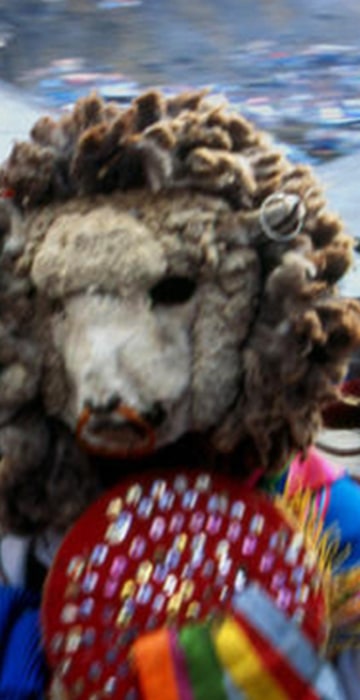
News
Peru's disappearing holy glacier
Pilgrims have journeyed to Peru's Qoyllur Rit'i (Snow Star) glacier pilgrimage for hundreds, perhaps a thousand years. Now the glacier's sacred ice is melting into thin air, along with rituals that give meaning to the lives of the local people.
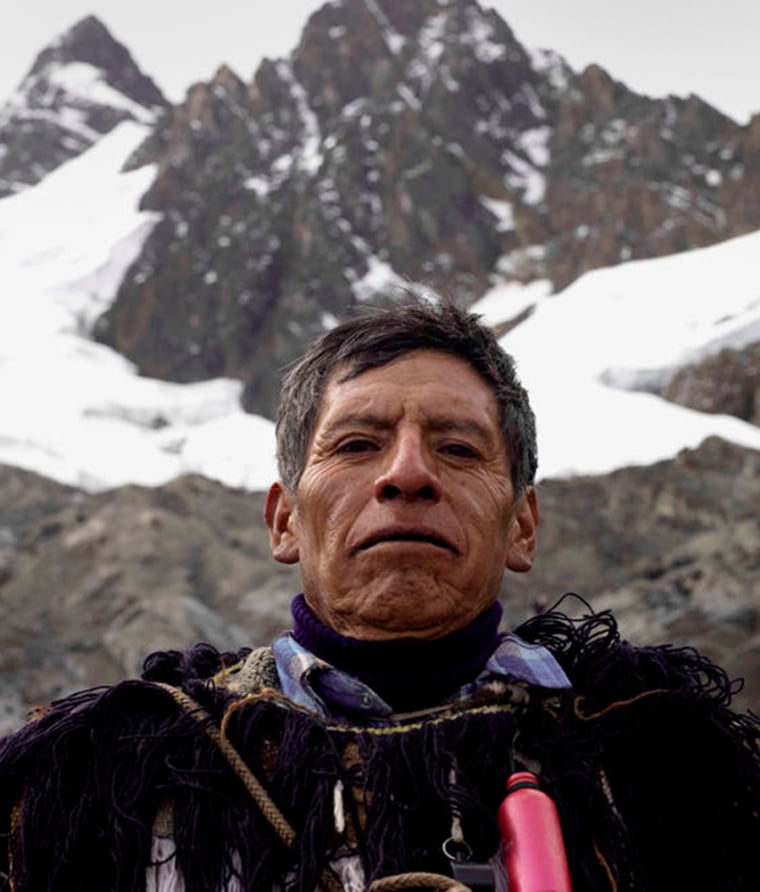
Pre-Columbian rituals to the mountain gods
Pilgrims have made the dangerous journey to the high Andes of southern Peru for hundreds of years to pay tribute to the "apus," or mountain spirits. Since before the Incas, Andean people have worshipped the Qolqepunku Glacier, 50 miles east of Cusco, as a site of sacred ice.
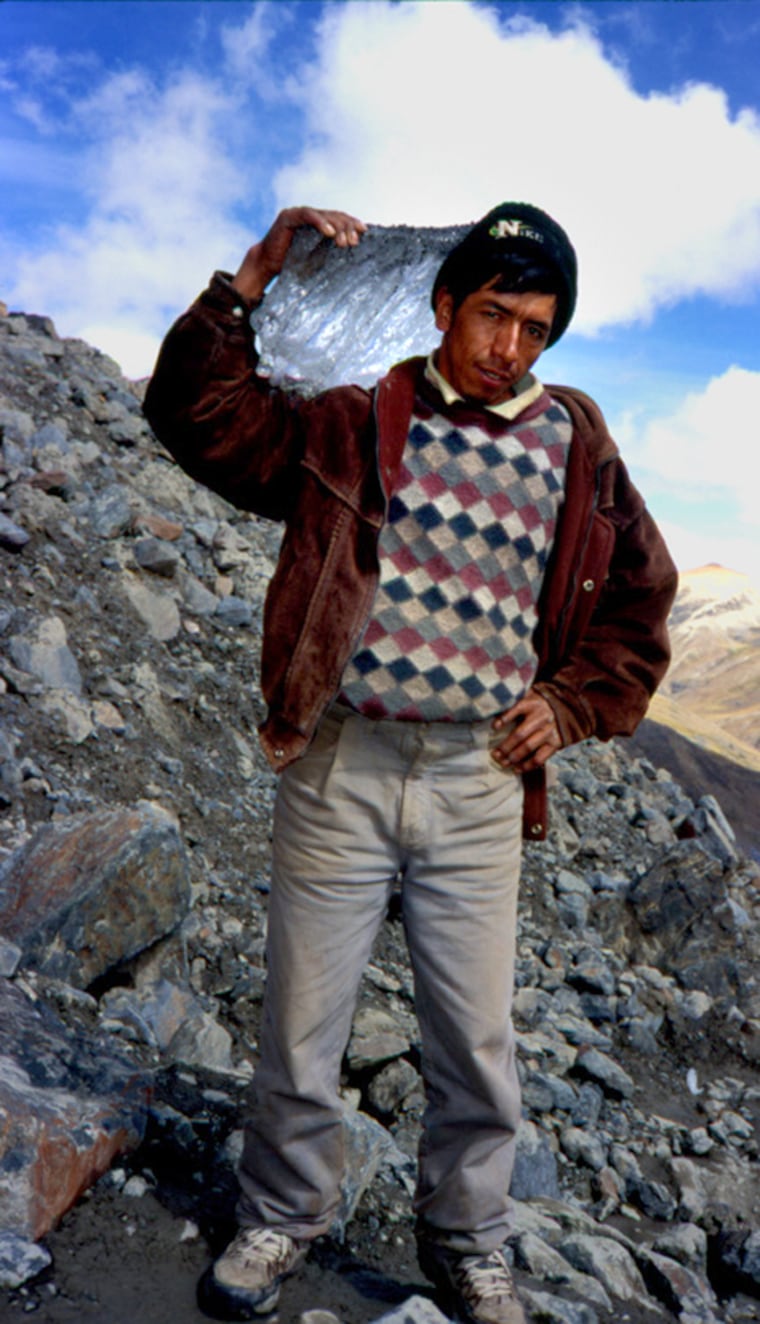
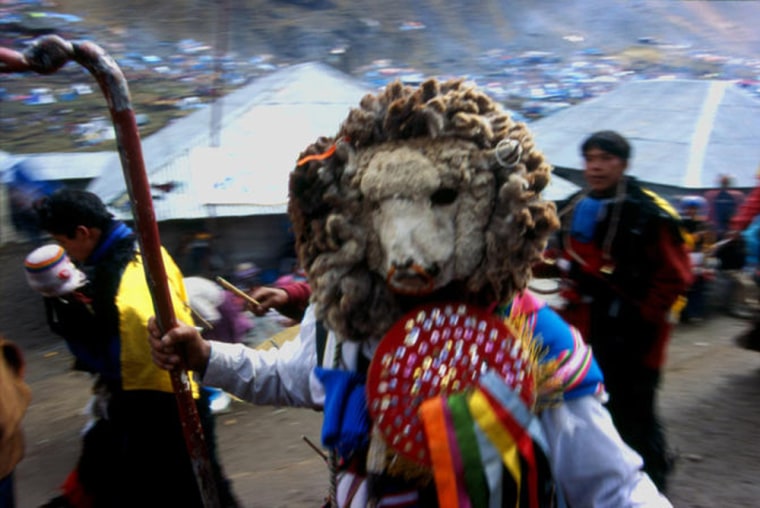
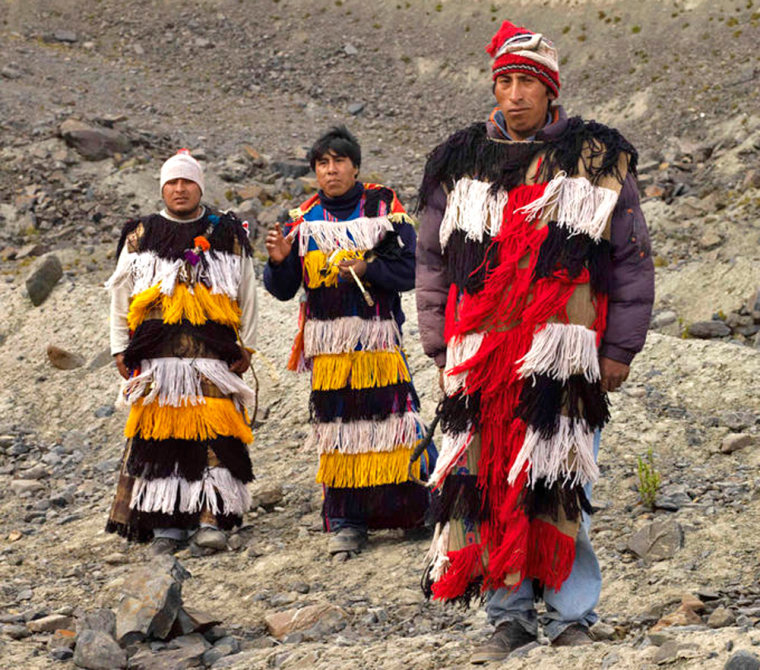
Mountain guardians
Men known as ukukus (bear-men) guard the glacier and protect pilgrims from harm. In prior years the ukukus performed an all-night vigil on the glacier, where they prayed to the gods and battled condemned souls (condenados) said to inhabit the icy slopes. At dawn they raced down the mountain with chunks of ice tied to their backs, which was melted into holy water in the church.
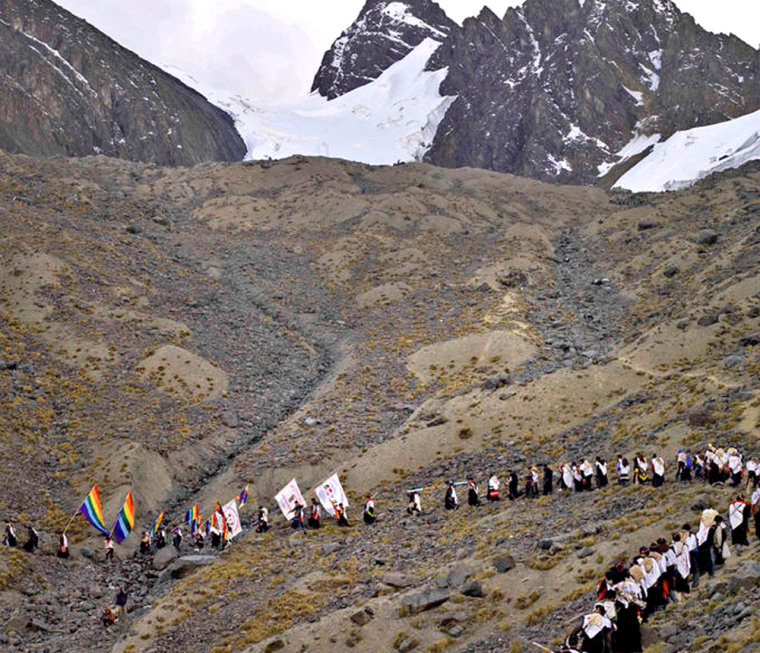
Ice removal ban
Since 2003, the ukukus no longer carry ice down from Qolqepunku. "We must protect the glacier," said one ukuku leader. Pilgrims have been banned from taking the sacred ice. Those who are caught with the contraband ice are whipped by the ukukus, shown climbing the barren mountain above.

Gathering of believers
The largest indigenous pilgrimage in the Western Hemisphere, Qoyllur Rit'i attracts more than 100,000 pilgrims from Peru and Bolivia each May or June. Pilgrims camp in sub-zero temperatures, which have become more extreme with the onset of climate change. In 2007, a man froze to death overnight. More have perished in cravasses that have opened in the glacier.
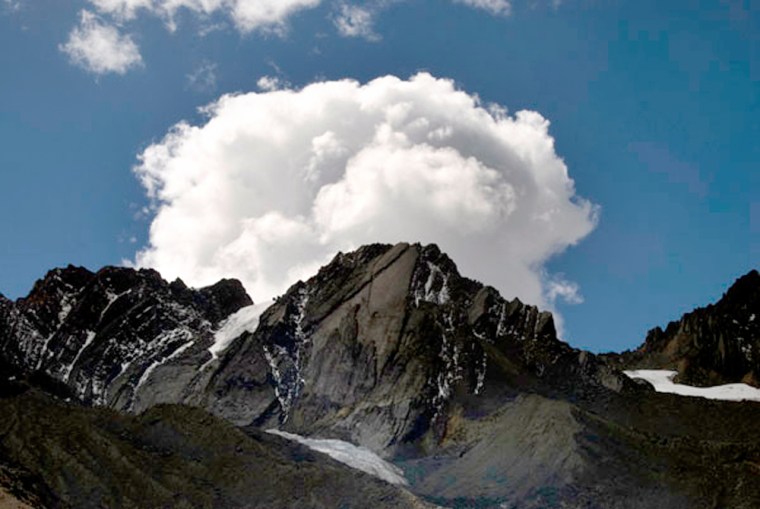
Disappearing act
Glaciers in Peru are retreating an average of 65 feet a year. According to the country's natural resources institute, Peru has lost 30 percent of the surface of its glaciers in the last 23 years. Experts predict that most of the country's glaciers below 18,000 feet will be gone by the year 2015.